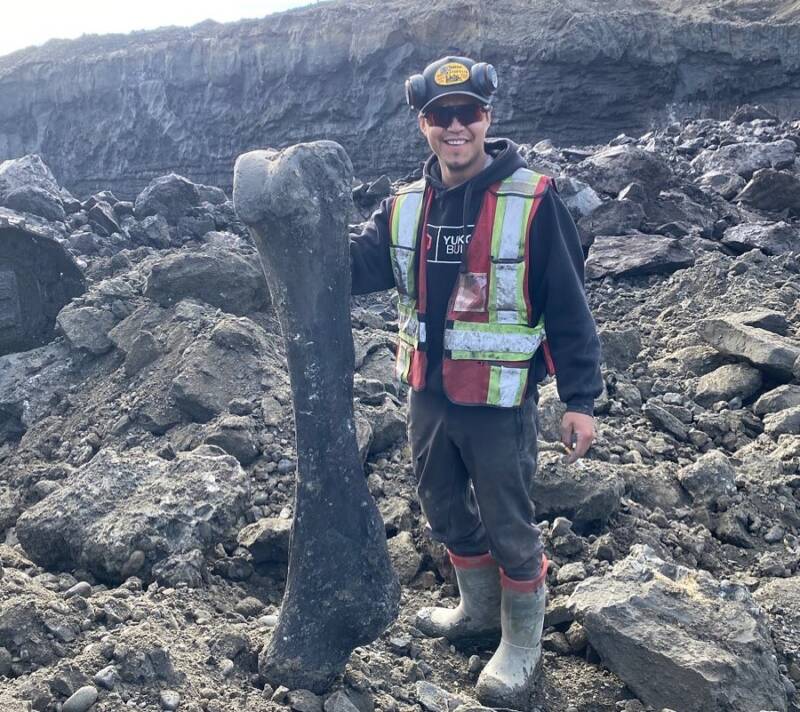Evidence of medieval bunion plague found, woolly mammoth remains uncovered, 500-year-old Incan rope bridge rebuilt.
Medieval Europeans Suffered A Plague Of Bunions Due To The Long, Pointy Shoes That Were All The Rage

Museum of Fine Arts BostonBefore poulaines became the hottest footwear fad in Europe, only six percent of people had bunions. After the pointy shoe trend took off, that number skyrocketed to 27 percent.
Just as Europe was suffering through the Black Death in the 1340s, another pandemic of an entirely different sort was taking hold. Elites across Europe had just begun going crazy for long, pointy shoes known as poulaines.
But what they didn’t know was that their extravagant footwear choices would soon lead to a plague of bunions across the continent. As poulaines exploded in popularity, bunion cases skyrocketed from 6 percent of the population to 27, with certain elite populations suffering at 43 percent.
Discover more about the wave of foot deformities that swept medieval Europe here.
Yukon Gold Miners Just Stumbled Across A Rare Trove Of Hundreds Of Woolly Mammoth Bones

Trey Charlie/FacebookMiner Trey Charlie with one of the bones found at Little Flake Mine near Dawson City, Canada.
A group of miners in Dawson City, Yukon hoped to strike gold. Instead, they came across another sort of treasure. As they sifted through the dirt, they uncovered a stunning batch of woolly mammoth bones.
“It’s probably one of the best days I’ve had working,” said Trey Charlie, who came across the bones alongside another miner at Little Flake Mine. “It’s so much fun to discover these things.”
Dig deeper in this report.
Peruvians Re-Weave 500-Year-Old Incan Bridge That Fell Into River During COVID-19

YouTubeThe bridge in 2015.
Normally, people from Indigenous communities in Peru gather every June to destroy and then rebuild the 500-year-old Q’eswachaka bridge. But in 2020, their traditional three-day ceremony couldn’t happen due to the pandemic. Thus, untended, the bridge fell apart.
But this year, the tradition has returned. Peruvians from the Huinchiri community in Cusco came together to reweave the bridge, which stretches almost 100 feet across the Apurimac River.
Read on here.





